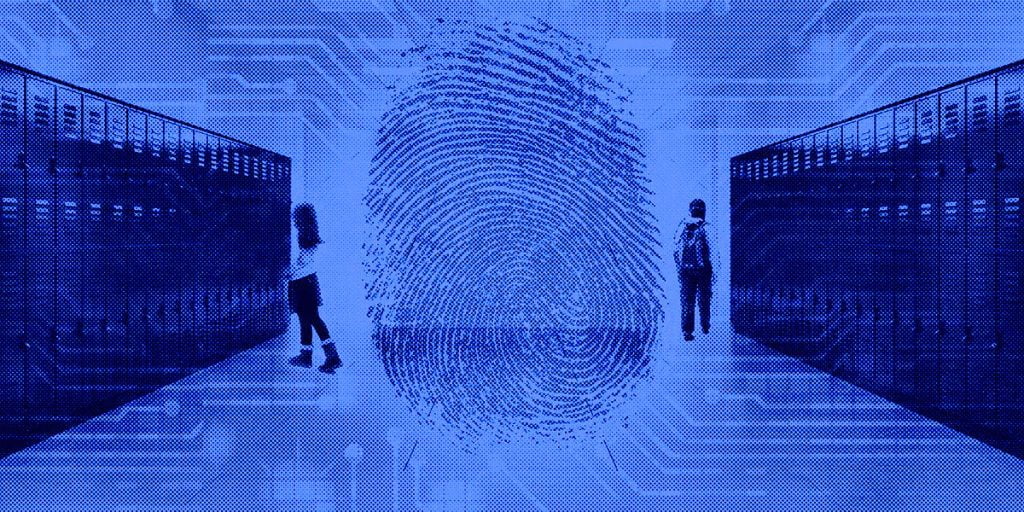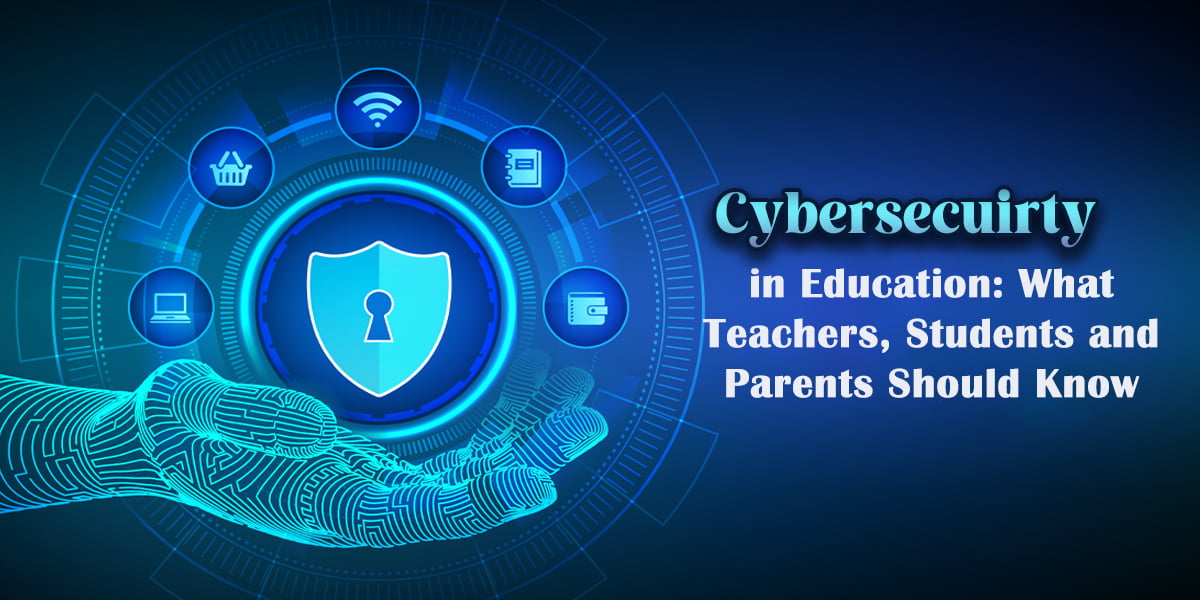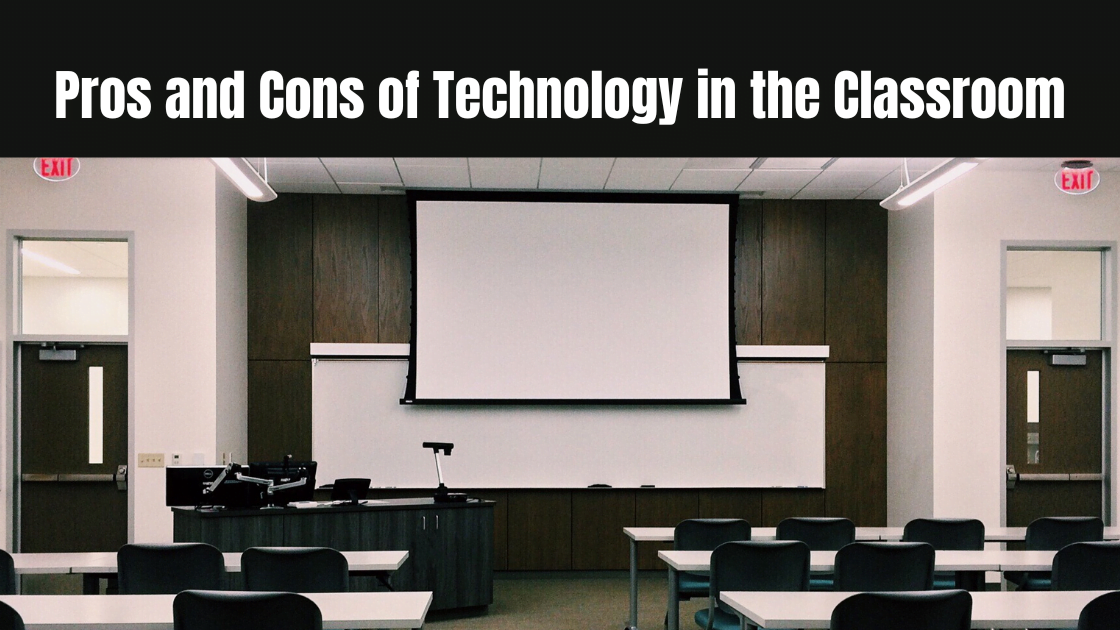As technology becomes increasingly integrated into modern education, the importance of cybersecurity in schools has never been more apparent. With students, teachers, and parents relying on digital tools and online resources more than ever. Everyone involved in education must understand cybersecurity risks and best practices. This article will explore the various threats facing educational institutions, offer practical tips for maintaining online security. Besides, we will discuss insight into how educators and parents can work together to keep students intact in the digital world.
What is Cybersecurity?
Cybersecurity protects computer systems, networks, and sensitive information from unauthorized access, theft, damage, or malicious attacks. It encompasses a broad range of technologies, processes, and practices that work together to safeguard digital assets from threats such as viruses, malware, phishing frauds, and other types of cyber-attacks. It is crucial in today’s digital age as technology is increasingly essential in our personal and professional lives. Effective cybersecurity measures not only help to prevent data breaches and cyber-attacks. It also ensure the privacy and confidentiality of sensitive information.
Cybersecurity for Teachers
It has become a critical concern for individuals and organizations worldwide, and teachers are not an exception. As teachers increasingly use technology in their classrooms and remote teaching, they must be aware of the potential threats and take appropriate measures to protect themselves and their students from cyberattacks.
Threats:
Phishing Attacks: Phishing attacks are fraudulent attempts to obtain sensitive information such as usernames, passwords, or credit card details by disguising themselves as trustworthy entities. Phishing frauds are often delivered through emails, phone calls, or text messages.
Malware: Malware is malicious software designed to damage, disrupt, or gain unauthorized access to computer systems. It can be delivered through emails, attachments, or links.
Weak Passwords: Weak passwords are easy to guess and can be easily cracked by hackers, providing them access to sensitive data and systems.
Tips:
Use Strong Passwords: Teachers should use strong passwords at least eight characters long, including a mix of uppercase and lowercase letters, numbers, and symbols. They should avoid using easily guessable passwords such as their name or birthdate.
Be Cautious of Emails: Teachers should be cautious of emails that ask for personal information or contain suspicious links or attachments. They should verify the authenticity of the sender before responding to any email or clicking on any link.
Keep Software Updated: Teachers should keep their software, including antivirus and anti-malware, up to date to ensure they are protected against the latest threats.
Use Two-Factor Authentication: Two-factor authentication adds an extra layer of security by requiring a second form of identification, such as a code sent to a mobile device or email and a password.
Educate Students: Teachers should educate their students about cybersecurity threats and how to stay secure. They should emphasize the importance of using strong passwords, being cautious of suspicious emails, and avoiding downloading or installing unauthorized software.
Resources for Teachers
Many resources are available to help teachers learn more about it and how to protect themselves and their students. Here are a few resources to get started:
Federal Trade Commission: The FTC offers free cybersecurity resources for educators, including lesson plans and activities for students of all ages.
Cybersecurity and Infrastructure Security Agency (CISA): CISA offers a variety of resources for educators, including webinars and training materials on its best practices.
Common Sense Education: Common Sense Education offers resources and lesson plans for educators to instruct their students about cybersecurity.
Cybersecurity for Students
It is essential for students as technology has become a crucial aspect of modern education. Students must be aware of the potential threats they may face and take appropriate measures to protect themselves.
Threats:
Cyberbullying: Cyberbullying refers to using technology to harass, embarrass, or intimidate someone. This can be text messages, social media posts, or emails.
Identity Theft: Identity theft occurs when someone steals personal information, such as a student’s name, address, or social security number, and uses it for fraudulent purposes.
Tips:
Keep Software Updated: Students should keep their software, including antivirus and anti-malware, up to date to ensure they are protected against the latest threats.
Think Before You Post: Students should think before posting anything, including text, photos, or videos. They should avoid sharing personal information or sensitive data that could be used to harm them.
Use Strong Passwords: Students should use strong passwords that are at least eight characters long, including a mix of uppercase and lowercase letters, numbers, and symbols. Additionally, they should avoid using easily guessable passwords such as their name or birthdate.
Resources for Students
Many resources are available to help students learn more about cybersecurity and how to protect themselves. Here are a few resources to get started:
StaySafeOnline.org: StaySafeOnline.org offers a variety of resources for students, including tips for staying intact and advice on creating strong passwords.
National Cyber Security Alliance: The National Cyber Security Alliance offers resources and tools for students to help them stay protected, including interactive games and quizzes.
Cybersecurity and Infrastructure Security Agency (CISA): CISA offers a variety of resources for students, including webinars and training materials on cybersecurity best practices.
Common Sense Education: Common Sense Education offers resources and lesson plans for students to learn about cybersecurity.
Cybersecurity for Parents
Cybersecurity is a crucial aspect of parenting in today’s digital age. Parents must be aware of the potential threats that their children may face and take appropriate measures to protect them.

Threats:
Online Predators: Online predators use the internet to exploit children. They may try to lure children into inappropriate conversations or relationships.
Malware: Malware is software designed to damage, disrupt, or gain unauthorized access to computer systems. Malware can be delivered through emails, attachments, or links.
Tips:
Set Parental Controls: Parental controls can help restrict access to inappropriate content and limit screen time. Many devices and apps have built-in parental control features that parents can use to safeguard their children’s activity.
Talk to Your Children: Parents should have open and honest conversations about security with their children. They should discuss potential risks and set guidelines for secure behavior.
Educate Yourself: Parents should educate themselves on cybersecurity threats and trends to better protect their children. They can stay informed by reading safety guides and attending workshops and webinars.
Monitor Your Child’s Online Activity: Parents should monitor their children’s activity, including social media accounts, browsing history, and text messages. This can help identify potential threats and address any issues before they become more significant problems.
Instruct Your Child About Privacy: Children should understand the importance of protecting their personal information. Parents can teach their children to be cautious about sharing personal information such as their name, address, or phone number.
Resources for Parents
Many resources are available to help parents learn more about cybersecurity and how to protect their children. Here are a few resources to get started:
National Cyber Security Alliance: The National Cyber Security Alliance offers a variety of resources for parents. including tips for keeping children intact and advice on setting up parental controls.
Cyberbullying Research Center: The Cyberbullying Research Center offers resources and tools for parents to help them understand and prevent cyberbullying.
Family Online Safety Institute: The Family Safety Institute offers resources for parents on various topics, including social media, privacy, and cyberbullying.
Importance of Collaboration
Collaboration between parents, students, and teachers is essential for protecting themselves from cybersecurity threats. The digital age has brought about new challenges that require a collective effort to address. Parents, students, and teachers can create a secure environment by working together. Parents can provide guidance and set boundaries for their children’s activity, while teachers can educate students about security and provide resources to support their learning. Students can also play a role by being vigilant and reporting suspicious activity. Together, they can identify potential threats, prevent cyberattacks, and mitigate risks. Collaborative efforts can help ensure that everyone involved is aware of the dangers and equipped with the knowledge and tools needed to protect themselves and others from threats.
Final Thoughts
Cybersecurity has become a crucial aspect of education in today’s digital age. Teachers, students, and parents must be aware of the potential threats that they may face and take appropriate measures to protect themselves. Understanding the risks and following best practices for security can create a secure learning environment for everyone involved. Collaboration between parents, students, and teachers is also critical in this effort. We can identify potential threats, prevent cyberattacks, and mitigate risks by working together and utilizing available resources. The key to ensuring it in education is to remain vigilant and proactive in protecting ourselves and others from cybersecurity threats.




